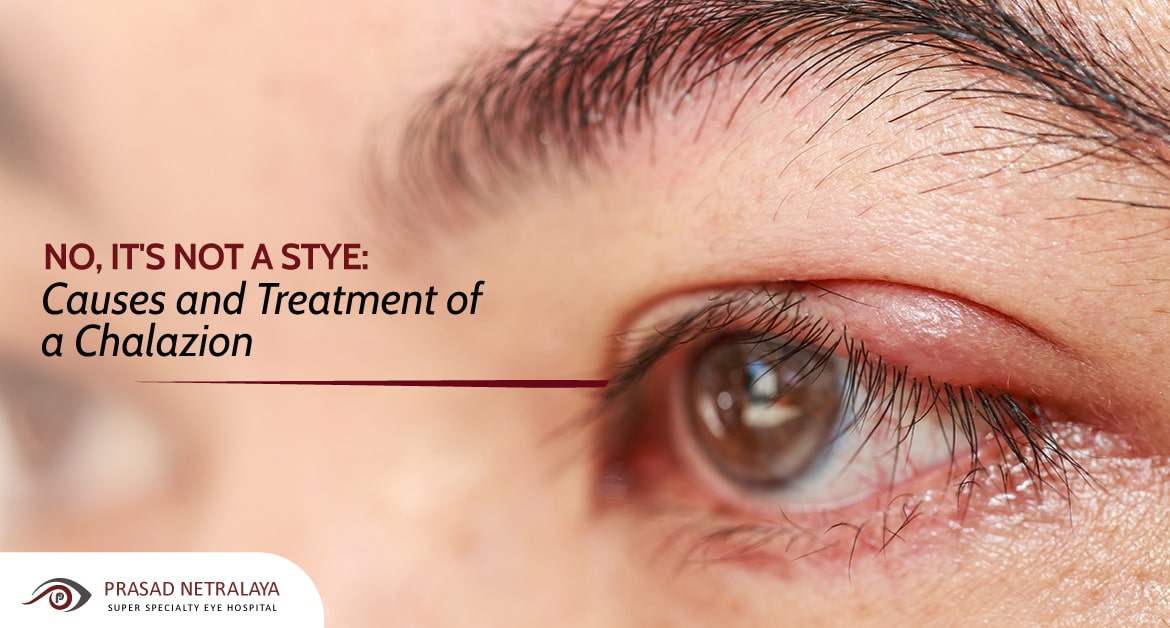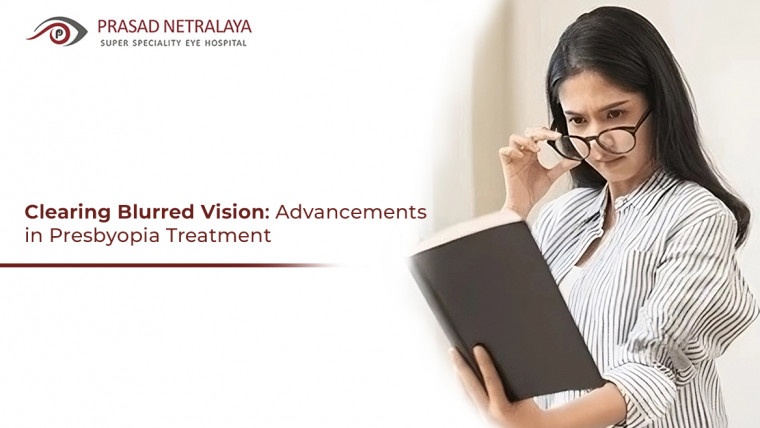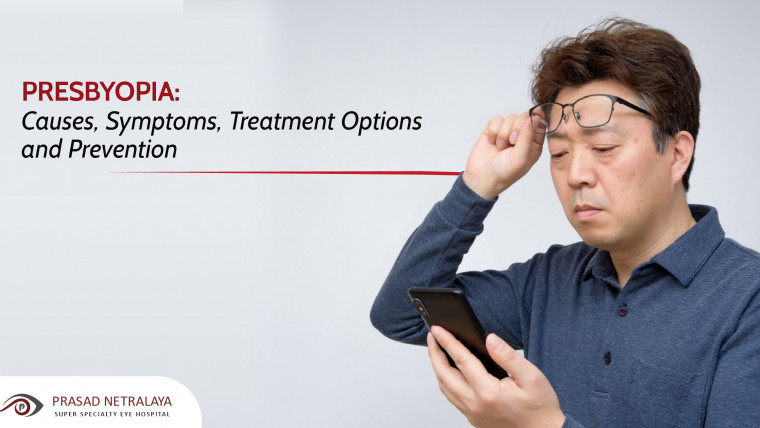It starts as a small, red, swollen area of the eyelid. In a few days, it slowly grows into a lump that looks seemingly harmless. A painless red lump, a chalazion — plural chalazia, if there are more than one — is formed due to a blocked meibomian or oil gland on the eyelid.
Table of Contents
What Causes a Chalazion?
A chalazion (pronounced “kuh-LAY-zee-on”) is caused by the blockage in any of the tiny meibomian glands of the upper and lower eyelids. The upper eyelid has about 24-45 meibomian glands and the lower eyelid has over 20-30 glands.
The underlying cause is inflammation or viruses affecting the meibomian glands. Other causes include inflammatory conditions like seborrhea (a skin condition that causes redness, scaly patches, and dandruff), and chronic blepharitis (eyelid inflammation).
Stye Vs Chalazion
A chalazion is often confused with a stye — sometimes spelt “sty” — that looks like a pimple or a blister. It is a reddish lump on the outer rim of the eyelid and is known to be painful. But a chalazion is often painless and will grow on the underside of the eyelid, behind the eyelashes, or midway up the eyelid. It can affect the upper or the lower eyelid — and can affect either one or both eyes. Many people also experience chalazion growth after a stye.
Diagnosis
A chalazion on the eyelid can be diagnosed by an ophthalmologist through —
- Taking a close look at the lump on your eyelid.
- The external examination of the eye — to check the lid structure, eyelashes and skin texture.
- The evaluation of eyelid margins, and oil gland openings using bright light and magnification.
- Patient history to determine symptoms.
How Do You Get Rid of a Chalazion?
While they are different from styes, one thing that makes them similar is that most chalazia clear up on their own in a few weeks to a month, and require minimal medical attention.
For treatment of a chalazion at home by yourself, you can do the following —
- Application of warm compresses: Use a warm compress on the eyelid. Soak a piece of clean cloth in hot water until it’s warm — then wring it so that it’s damp but not dripping with water. Apply it for 10 to 15 minutes, 4 to 6 times a day for several days.
- Gentle eyelid massage: Gently massage the external eyelids for several minutes each day, or scrub your eyelid as recommended by the eye doctor.
- Keep clean: Keep the area around the chalazion and your eye clean — and keep your hands away from the eyes.
- Use eye drops or eyelid cream: If a doctor prescribes eye drops or eyelid creams, use them as instructed.
- Don’t pop it: No matter how much you are tempted to do so, don’t attempt to squeeze or pop the chalazion — you don’t want to inadvertently cause more damage!
For treatment of a chalazion medically —
If the chalazion doesn’t go away with home treatment — your doctor may recommend a corticosteroid injection or a surgical procedure to treat it. The choice of treatment depends on various factors.
Think you’ve just woken up with a chalazion and it’s causing you vision problems? Or has your chalazion not healed even after a month of care at home? Then, you should immediately consult an ophthalmologist at Prasad Netralaya, Mangalore and Udupi’s most trusted eye care hospital. Call us at +91 9513596565 or book an appointment if you wish to visit in person. You can also book a teleconsultation.



